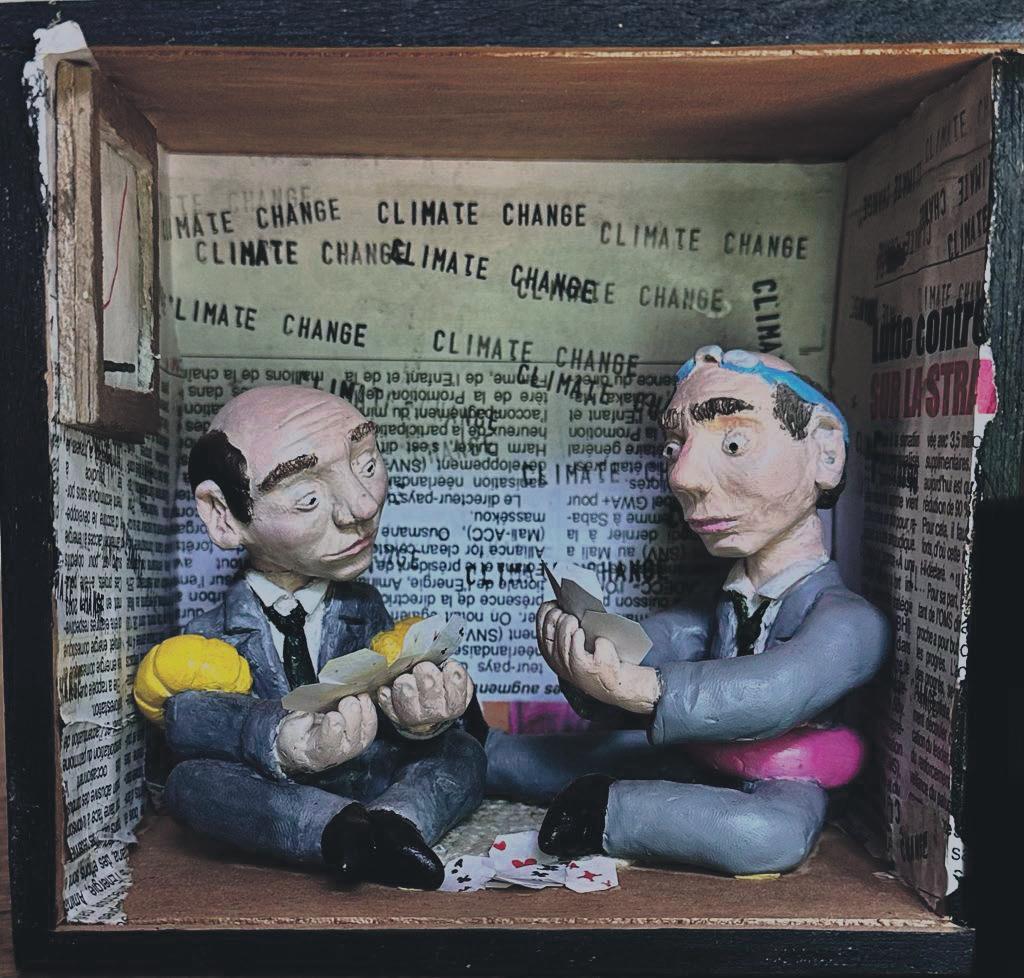
6 minute read
Insolvency and Inequality
from Scoperang 2023
How Government Bailouts Shift the Burden onto the Economically Vulnerable
by Konrad Wandrasz
Advertisement
The financial industry is fuelled by risk-taking, promises of great profits that are often dependent on embracing the possibility of devastating losses. However, the recent bankruptcy of Silicon Valley Bank (SVB), and the following government bailouts, have laid bare a troubling reality of a distorted system, which unfairly forces the costs of failure onto those who are least able to bear them. In this article, I aim to scrutinize the economic fairness of such bailouts and shed light on how government intervention shields investors from the consequences of their financial missteps, ultimately leaving taxpayers to foot the bill.
to meet regulatory liquidity requirements. However, the bank failed to responsibly manage the long-term bond's sensitivity to interest rate fluctuations.
The other banks did not invest as heavily in long-dated bonds when interest rates were at record lows, a time when rates could only increase. If you run a bank that primarily receives cash deposits from startups and venture capital – businesses thriving in a zero-interest-rate environment– and you invest all that cash into bonds locked in for ten years at 1.56%, your bet relies on interest rates remaining low forever. Otherwise, as interest rates rise, these businesses will cease to receive new capital and begin depleting their savings.
taxpayers should not be responsible for covering the losses from these wagers.
The revelation that many of Silicon Valley Bank’s customers kept their entire cash reserves uninsured at a single bank, signifies a striking lack of financial competence. Any qualified corporate treasurer, even at a modest-sized firm, is aware of the $250,000 Federal Deposit Insurance limit, and manages cash assets accordingly to avoid keeping them uninsured at a community bank with negligible interest returns.
"SVB made a massive gamble without any contingency plan."
Although SVB remains largely unknown outside of California, the bank's influence within the startup community cannot be underestimated. The bank has catered to half of all venture capital-backed technology, as well as life sciences companies in the country, serving as a crucial financial partner to startup founders and venture capitalists alike.
This very specialisation could be seen as the root of Silicon Valley Bank's problems. Their troubles began with the investment boom accompanying the start of the pandemic in early 2020. As the preferred bank for California's young companies, SVB received billions in deposits from companies that secured significant funding from investors, accumulating nearly $130 billion in new deposits during 2020 and 2021.
The bank depends on the difference between the interest rate it earns from its investments, and the rate it pays on deposits; the sudden influx of cash became problematic because it struggled to lend all the money out. SVB chose to invest heavily in lowyield, long-term securities, aiming to earn a modest 1.56% interest rate. This decision seems puzzling, as it exposed the bank to huge interest rate risk without much return.
The decision might not have been as disastrous if the bank had taken measures to hedge against the risks involved. It still offered better returns than leaving the money idle. More importantly, it allowed SVB
"subsequent government bailouts have exposed a fundamental flaw in the financial system: the unequal distribution of risks and consequences."
Silicon Valley Bank's decision to lock in funds for ten years meant that if rates increased and their customers began withdrawing their accounts, they would need to sell bonds that had substantially decreased in value, resulting in losses. This is precisely what happened. SVB made a massive gamble without any contingency plan.
Reimbursing investors who choose to do business with such high-risk companies creates a significant moral hazard. While everyone should be able to bet with their own money, I do believe that the American
Over the weekend, the Chief Financial Officer at ROKU – a digital media hardware company – disclosed that $487 million of the company's cash was deposited at Silicon Valley Bank. This could rightfully raise questions about daily responsibilities of a corporate treasurer at ROKU, whose only responsibility was overseeing a single bank account where all the cash was kept. In spite of the shocking lack of risk management from the startups, the government opted to reimburse both insured and uninsured accounts. This choice questions the purpose of regulations when, in the face of a crisis, officials decide to use taxpayers' money to cover the errors of careless investors.
The collapse of Silicon Valley Bank and the subsequent government bailouts have exposed a fundamental flaw in the financial system: the unequal distribution of risks and consequences. By compensating all investors, regardless of their level of insurance or risk management, the government has effectively shielded them from the repercussions of their reckless decisions. To achieve a more equitable economic system, it is necessary for us to question the fairness of such bailouts, and ensure that government interventions serve the interests of all citizens, not just a selected few who hold the majority of the financial power.
The author of this article encourages open dialogue and welcomes feedback on both the content and writing style. Please feel free to share your thoughts by reaching out to k.wandrasz@students.uu.nl.
By Ollie Köhn-Haskins

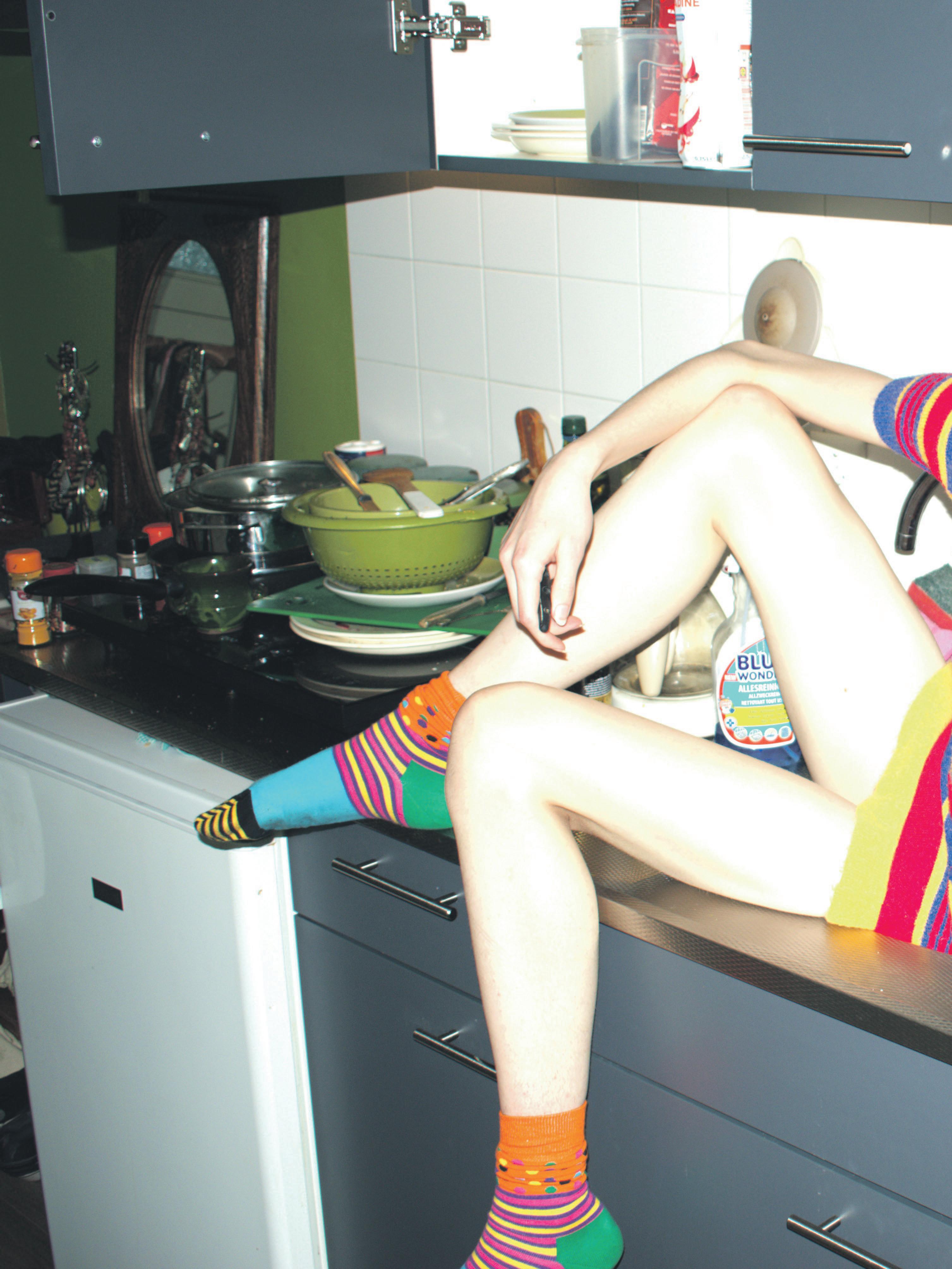
the passenger behind me asks the flight attendant how many people are on the plane it is an odd request but who wouldn’t want to know? (admit you do.) i overhear 177, which is too many he is confident. certainly sharing this impossible machine with 176 other soft vessels of souls & the things they loved enough to drag through security should overwhelm any person who has remained sane at all (are you?) even walking down the street i want to turn facing square my fellow pedestrian of this city on earth & grip their hands together & scream & know that we walk through the same life filled with the same love & hurt & wonder we all shift, eager, in our seats to achieve short satisfying glimpses of the city we have left so far below another passenger, next to me (the one who is bringing his daughter to her big soccer tournament in madrid) asks if we are on some sort of school trip together. i tell him no, but aren’t we all really? he tells me he knows someone from our university, someone from long ago. the flight attendant smiles big & closes the curtain on the stage between business and economy theatrically, but we all still feel the same rumbling lift. when we leave this incomprehensible metal vessel we will all have seen something terrible & beautiful & we will all pretend it never happened for you, who eats the inexplicable for breakfast. inherently, intrinsically, essentially out of place i’ve kept it going for this long, at some point the pretense becomes you, this is the last day i will ever want to die. exalted, exhumed, all is revealed, do i even know who i am anymore? ruin yourself, it’s the first step to salvation. unclench your fists, it’s okay if you start to dissolve. here, take this orange. it contains multitudes and contradictions, if it can, why not you? the orange is orange the orange is green the orange is blue the orange is the orange is the orange is the orange is love. there isn’t a road to follow, there isn’t anything at all. apologize to the wind, forget your own name, stare deeply at the kafkaesque image in the mirror and scream as loud as you can. it can always be the first morning again.
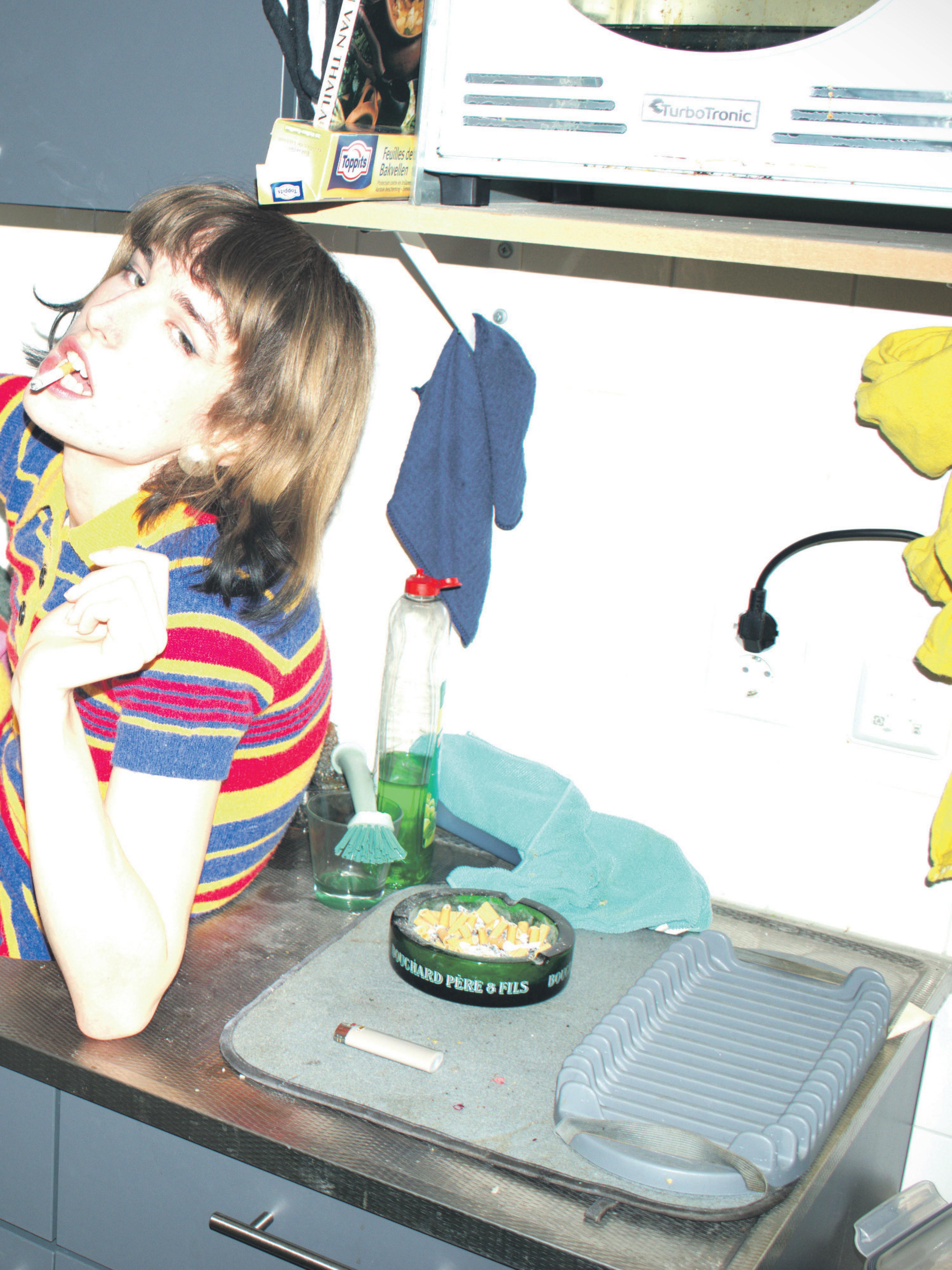
by Pieter Dolmans
The path along the dune
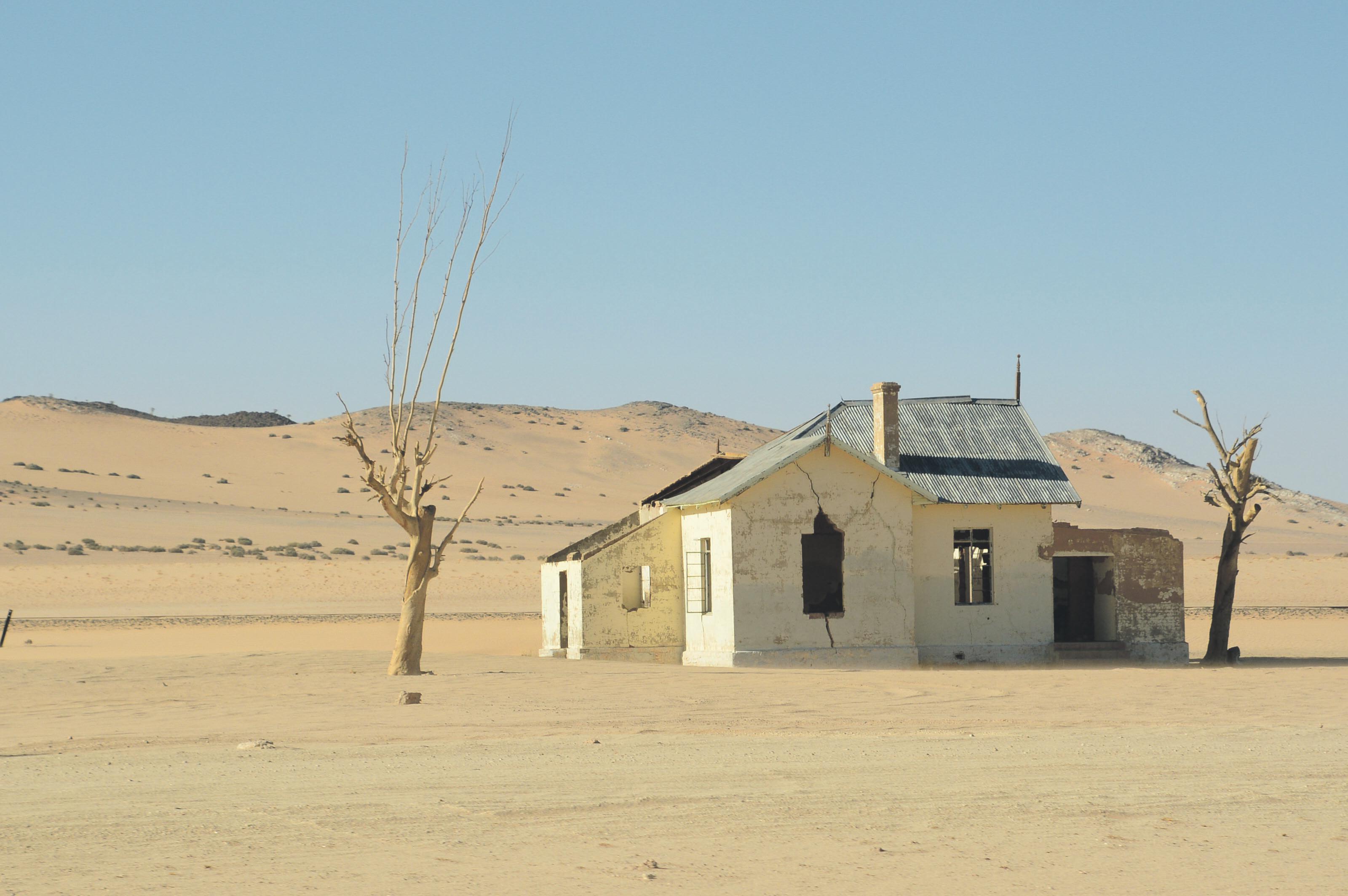
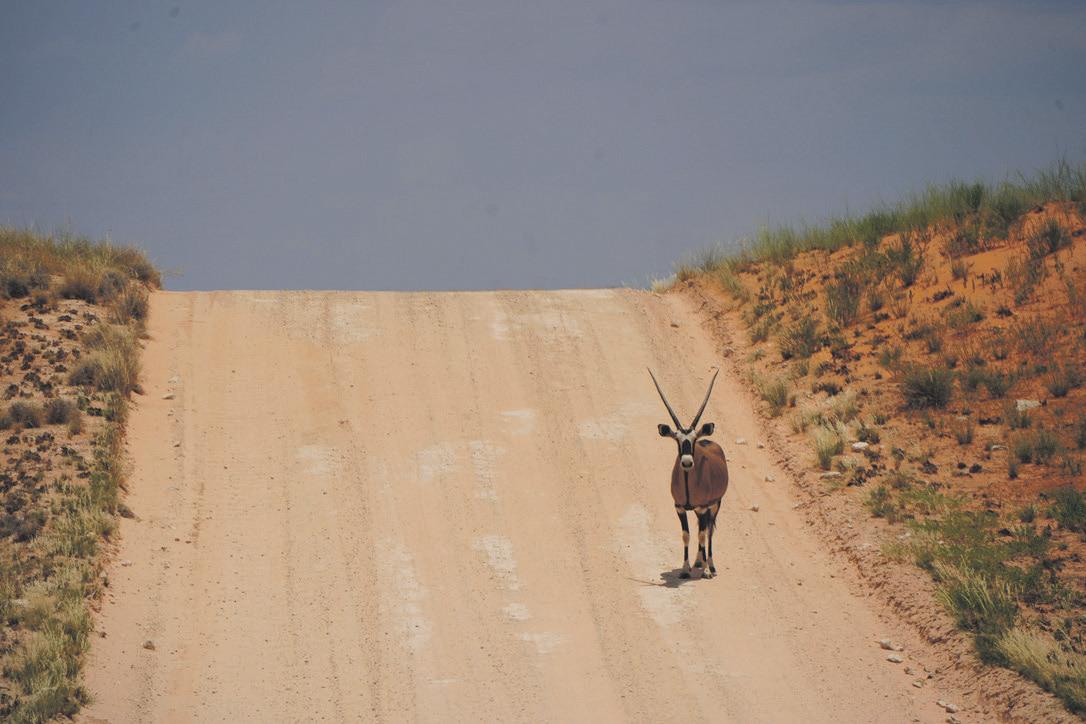
As I walked along the dunes, I saw the sun go up and down. It went too fast to follow. I tried to catch it with my eyes, but every attempt seemed to take a day off my life.
Years went by when I did nothing but move my head from left to right.
And when I took the time to rest, and looked back at the world around me, I could see how many years it had been. I counted the blades of dune grass and footprints, multiplied this by the empty chairs in beach clubs, and divided by every place I could still recognise.
I counted the waves, the fishes, the dunes I walked along, even the gusts of wind and grains of sand did not escape my gaze.
To verify, I counted the wrinkles on the faces around me.
That is how I counted my age, the number of years I had lived, and from that, I subtracted the years I hadn’t.
Being a fish
Being a fish, I have to look up to see the lilies. They make an impossible forest that keeps my world safe. Because people might think that they float on the surface, but I believe the lilies carry the sky on their shoulders, that they are the very structure that keeps air on land, and water in the sea.
My house is ascending
My house is ascending. I was sitting calmly on the couch when it happened. There was a sudden jolt in my back followed by the thought “surely not?”
I ran toward the door, but it was too late. Farewell yard, farewell street, farewell home, farewell everything my house has ever known. As the Earth becomes smaller, the stars are getting larger, until I can see the five separate tips of each star, and the ink strokes that make space as pitch black as it is. Back on Earth it’ll be evening, so I’m in bed, gazing out the window. You can’t see the Earth from here, but everything else is a hundred times sharper. When I talk to myself I can hear the stars talking back. And I think I may have caught one winking at me.








